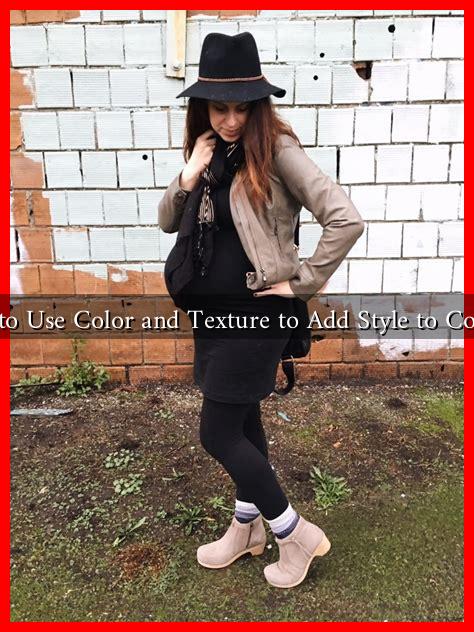-
Table of Contents
How to Use Color and Texture to Add Style to Comfort
Creating a comfortable living space is essential for well-being, but comfort doesn’t have to come at the expense of style. By thoughtfully incorporating color and texture into your home decor, you can achieve a harmonious balance that enhances both aesthetics and comfort. This article explores how to effectively use color and texture to elevate your living spaces.
The Psychology of Color
Color plays a significant role in influencing mood and perception. Understanding the psychology of color can help you choose the right palette for your home. Here are some common associations:
- Blue: Calming and serene, ideal for bedrooms and bathrooms.
- Yellow: Cheerful and energizing, perfect for kitchens and dining areas.
- Green: Refreshing and restorative, great for living rooms and home offices.
- Red: Stimulating and passionate, suitable for dining rooms or accent walls.
- Neutral tones: Versatile and timeless, providing a backdrop for other colors and textures.
According to a study by the Institute for Color Research, people make a subconscious judgment about a person, environment, or product within 90 seconds of initial viewing, and between 62% to 90% of that assessment is based on color alone. Therefore, selecting the right colors can significantly impact the overall feel of your space.
Texture: The Unsung Hero of Comfort
While color grabs attention, texture adds depth and interest to your decor. It can transform a flat, uninspiring space into a cozy haven. Here are some ways to incorporate texture:
- Fabrics: Use a mix of materials like cotton, linen, velvet, and wool in cushions, throws, and curtains to create a layered look.
- Rugs: A plush area rug can anchor a room and add warmth underfoot, making spaces feel more inviting.
- Wall Treatments: Consider textured wallpaper or wood paneling to add dimension to your walls.
- Natural Elements: Incorporate materials like stone, wood, and plants to bring an organic feel to your home.
For example, a living room with a soft, neutral sofa can be enhanced with colorful, textured throw pillows and a chunky knit blanket. This combination not only adds visual interest but also invites comfort.
Combining Color and Texture for Maximum Impact
To create a cohesive and stylish environment, it’s essential to harmonize color and texture. Here are some tips:
- Choose a Color Palette: Start with a base color and select complementary shades. For instance, a soft gray can be paired with mustard yellow and deep navy for a modern look.
- Layer Textures: Mix smooth and rough textures. A sleek leather chair can be paired with a soft, fluffy throw to create contrast.
- Accent Walls: Use bold colors or textured materials on one wall to create a focal point without overwhelming the space.
- Accessorize Wisely: Use decorative items like vases, art, and books in varying colors and textures to add personality.
For instance, a dining room featuring a rustic wooden table can be styled with colorful ceramic dishes and a textured table runner, creating an inviting atmosphere for gatherings.
Case Studies: Successful Color and Texture Integration
Several designers have successfully utilized color and texture to create stylish yet comfortable spaces. For example:
- Kelly Wearstler: Known for her bold use of color and eclectic textures, Wearstler often combines luxurious fabrics with vibrant hues to create visually stunning interiors.
- Joanna Gaines: The co-host of “Fixer Upper” frequently uses a neutral palette accented with textured elements like shiplap and woven baskets to create cozy, inviting spaces.
These examples illustrate that when color and texture are thoughtfully combined, they can transform a space into a stylish sanctuary.
Conclusion
Incorporating color and texture into your home decor is a powerful way to enhance both style and comfort. By understanding the psychological effects of color and the importance of texture, you can create spaces that are not only visually appealing but also inviting and cozy. Remember to choose a harmonious color palette, layer different textures, and accessorize thoughtfully to achieve the perfect balance. With these strategies, your home can become a true reflection of your personal style while providing the comfort you desire.
For more inspiration on color and texture in home decor, visit Houzz.

